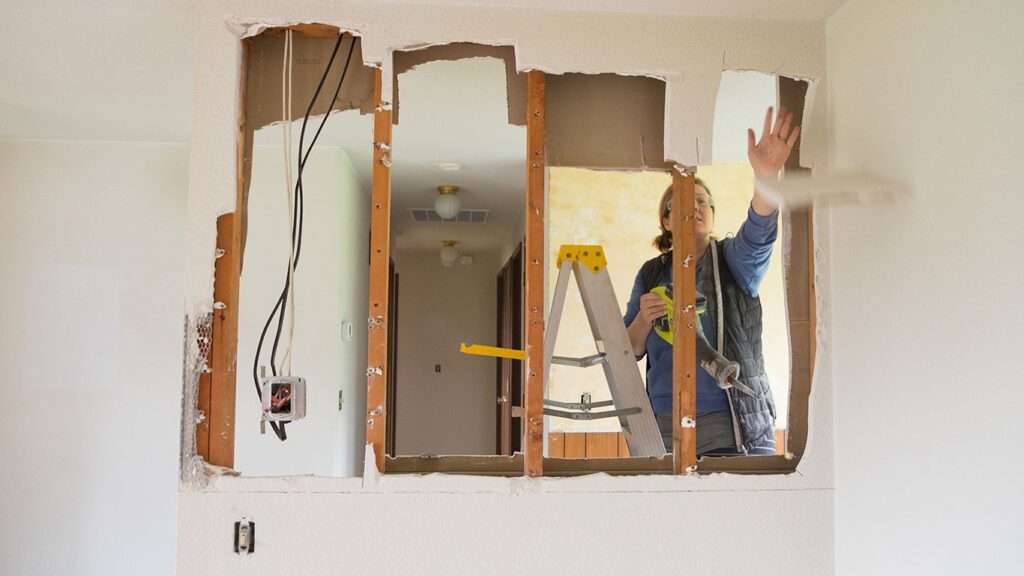The number of homes flipped by investors in England and Wales has plunged to its lowest level in more than a decade, as rising stamp duty and escalating renovation costs squeeze profits and deter activity.
According to new data from estate agency Hamptons, just 2.3% of homes sold between January and March 2025 were flipped — meaning they were bought and resold within 12 months — marking the lowest proportion since 2013. In total, 7,301 properties were flipped in the first quarter of the year, well below the ten-year quarterly average of 10,000.
While average gross profits on flipped properties rose £6,000 year-on-year to £22,000, they remain significantly down from £38,000 recorded in early 2022 — a 42% decline in just three years.
The slowdown follows the introduction of a higher 5% stamp duty surcharge on second and investment properties in the Chancellor Rachel Reeves’ October Budget, up from the previous 3%. In April, temporary stamp duty reliefs introduced in 2022 were also withdrawn, lowering the threshold at which buyers start paying stamp duty from £250,000 to £125,000.
Profit squeeze and rising risk
Aneisha Beveridge, head of research at Hamptons, said: “The 5 per cent surcharge for investors, coupled with the value at which buyers start paying stamp duty being reduced, means it’s harder than ever to make the sums stack up.”
Hamptons calculated that the new stamp duty regime is now eroding as much as 21% of the average gross profit on flipped properties — and in many cases, those bills exceed the cost of renovating the home.
Once tax is factored in, just 66% of flipped homes actually yielded a net profit in Q1, despite 80% being sold for more than their purchase price. These figures don’t include renovation or transaction costs, which means even fewer investors are likely to be walking away with any real return.
The average stamp duty bill for someone buying an additional property now stands at £11,920 — nearly a third of the gross profit for a typical flip.
Investors head north
The impact of these rising costs is also changing the geography of the flipping market. Investors are increasingly focusing on cheaper areas in the North of England, where homes can still be purchased below the stamp duty threshold of £125,000.
In Redcar and Cleveland, 7.6% of homes sold in Q1 were flipped — the highest rate in the country — followed by County Durham (6.6%) and Hartlepool (6.5%). In contrast, London saw just 1.5% of sales involving flipped homes.
“Investors are being pushed further north, where upfront costs are lower and price growth has outperformed many southern regions in recent years,” Beveridge added.
Only one southern local authority — Torridge in Devon — appeared in the top 20 areas for home flipping.
Property flipping has long been a popular strategy for small-scale investors and developers, particularly during times of strong house price inflation. But with the market softening, renovation costs surging, and tax bills climbing, the model is increasingly being tested.
“With stamp duty now swallowing up such a large slice of profits, and prices stagnant in many regions, flipping homes is becoming a tricky business,” Beveridge warned. “For some, the risks may now outweigh the rewards.”
With interest rates still high, labour and materials expensive, and limited short-term house price growth on the horizon, many flippers may now be forced to sit on the sidelines — or rethink their business model entirely.





